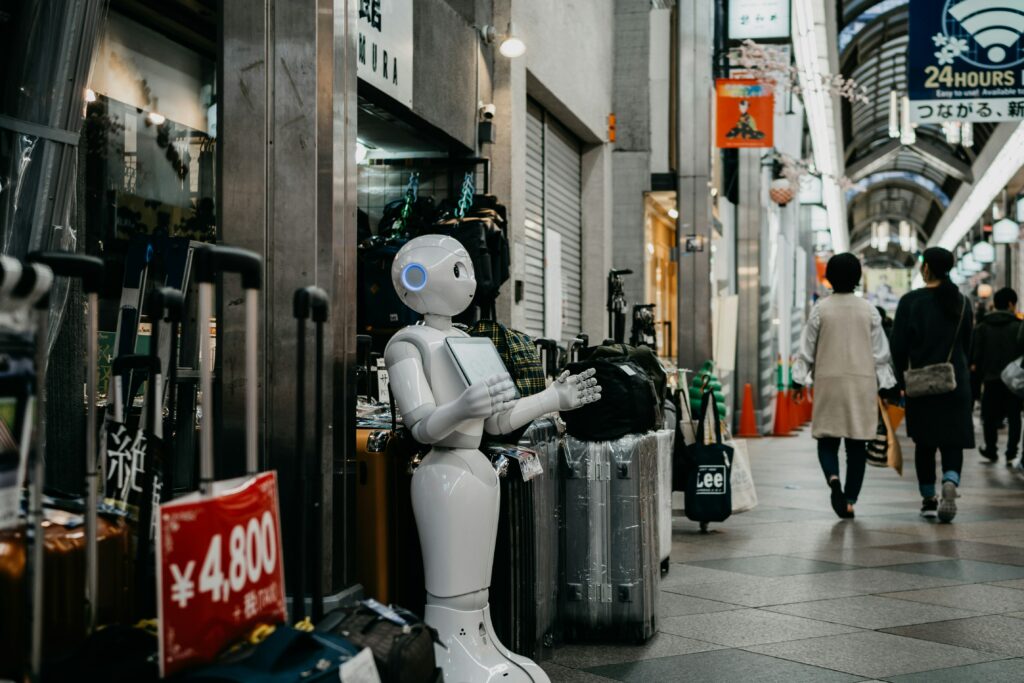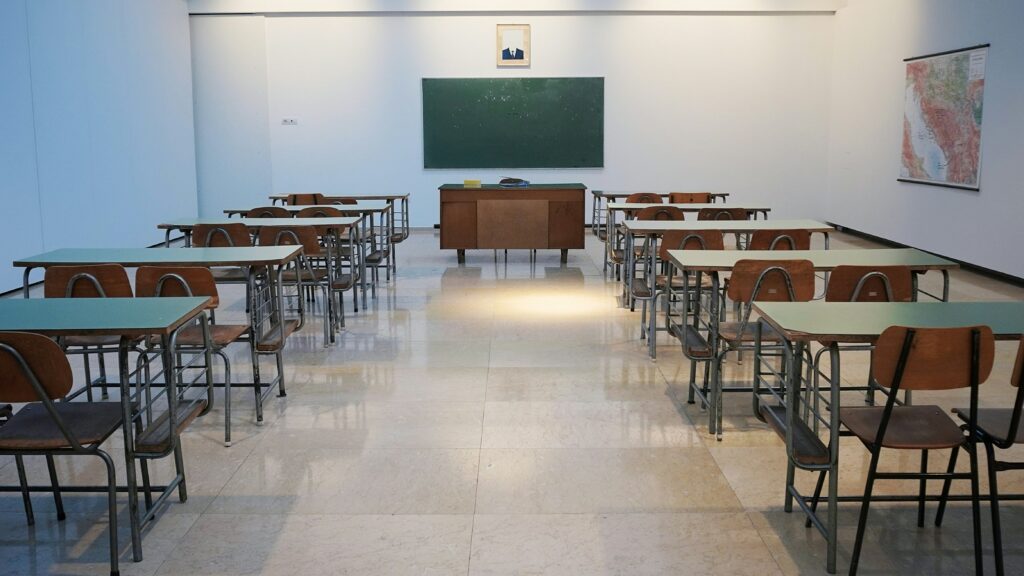Tabarek and I have continued our exploration of AI use in education to find if it is helpful or harmful for students. While AI can explain things in detail, give you quick answers, or even write a test, it can be also be problematic. AI can lead students to teach, it can give false answers, and students are losing a key aspect of the learning process. Also, AI collects data on students, which is a big privacy concern.

In our research we saw an article by Clugston (2024) explains that AI in education has both good and bad sides. On the positive side, AI helps students by personalizing learning, meaning it can adjust lessons to match each student’s needs. This can make learning easier and more engaging. AI also helps teachers by automating tasks like grading, so they have more time to teach. However, there are concerns too. AI collects a lot of student data, which raises privacy issues. Also, if schools rely too much on AI, students might miss out on real human interaction, which is important for building social and thinking skills.

Also, we found that many teachers are unsure about using AI in schools. A survey by the Pew Research Center (2024) showed that 25% of public K-12 teachers think AI tools do more harm than good in education, while only 6% believe they do more good than harm. Additionally, 32% feel there’s an equal mix of benefits and drawbacks, and 35% are uncertain. This uncertainty suggests that while AI has potential, educators are cautious about its role in teaching.
Matthews (2024) talks about how AI can be both helpful and harmful in schools. He says AI can help students learn by giving quick feedback and explaining things in different ways. But, he also warns that students might start using AI to do their work for them instead of thinking for themselves. He believes that AI should be a learning tool, not a way to cheat. Schools need to teach students how to use AI the right way so it helps them learn and not just find quick answers.
This research has opened our eyes to both the good and bad sides of AI in education. AI can make learning easier and more personal, but it also brings challenges like cheating and privacy issues. Some teachers are excited about AI, while others aren’t sure if it’s a good idea. We learned that AI isn’t just good or bad – it depends on how we use it. Schools need to find the right balance so AI helps students without replacing real learning.
References
Clugston, B. (2024, July 19). Advantages and disadvantages of AI in education. University Canada West.
LUONA, L. (2024, May 15). A quarter of U.S. teachers say AI tools do more harm than good in K-12 education. Pew. Research Center.
Matthews, P. (2024, July 22). AI in schools: Cheater or tutor? TEDx Talks. https://www.youtube.com/watch?v=xgqiGuIV6-Q
